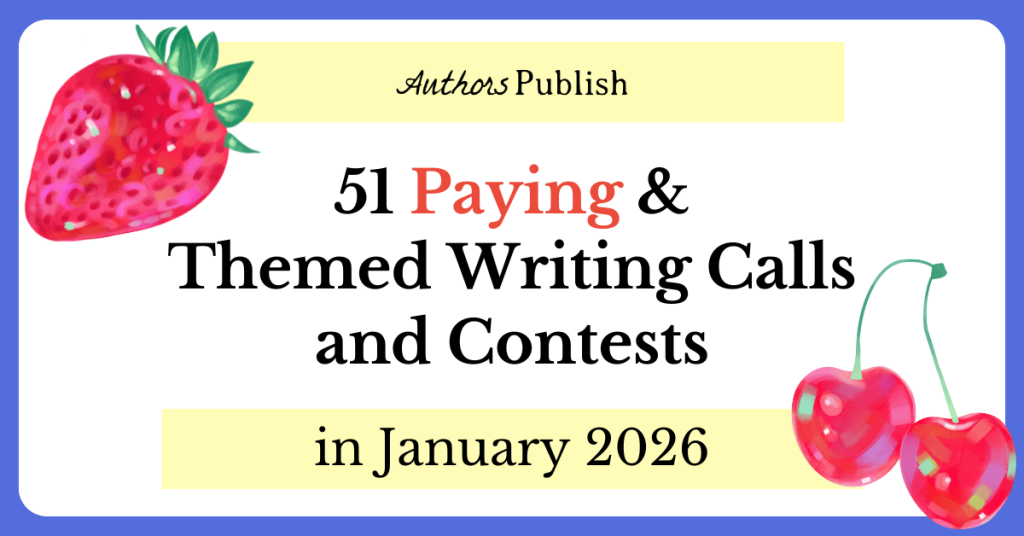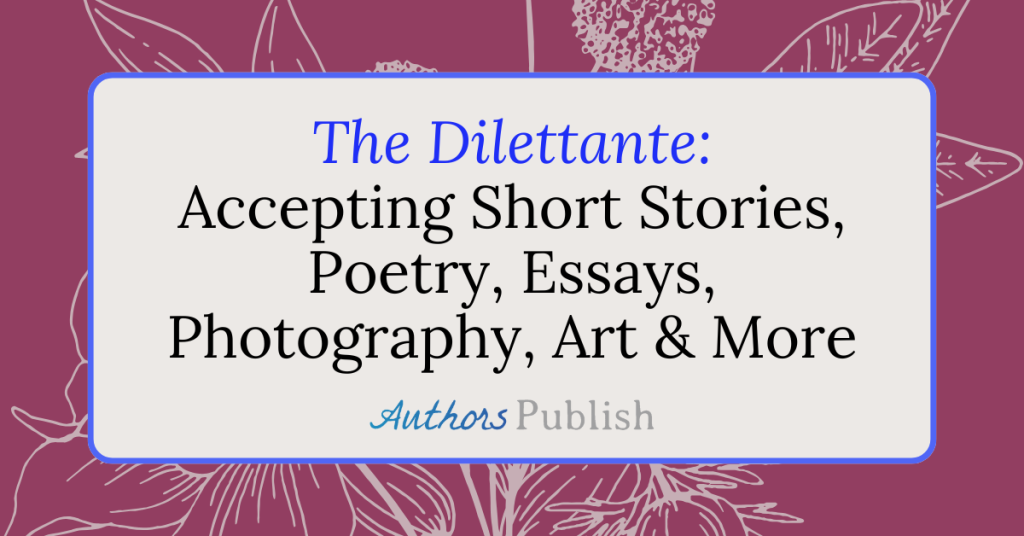By Emily-Jane Hills Orford
Whose story are you telling? Yours? Or someone else’s? Are you planning to share the story from multiple perspectives? From the point of view of the protagonist as well as the antagonist? Not to mention the other characters in the story?
Multiple points of view can be complicated, both for the writer and the reader. And, it’s the reader who matters most. If the reader is confused, you’ve lost them. The point of view (POV) is the keystone to your story’s success. If you’re writing in first person narrative (I, me, we), and you want to change perspective, you can’t just jump into another character’s mindset and allow them to tell their story in first person narrative. It’s a little less complicated changing POV if you’re writing in third person narrative (she, he, they), but even in this format, there needs to be a link to identify the POV to the reader. And second person narrative? Good luck maintaining second person narrative throughout (although a few authors have, it’s very rare).
Here are a few tips to help you manipulate the minefield of POV without losing your readers.
- Decide on your point of view before you even start writing. If you start writing your story in first person, then suddenly decide you want to write the story in third person, you must be very diligent in changing all the first person pronouns appropriately to their third person counterparts.
- Once you’ve chosen your point of view, study some published examples, especially if you plan to experiment and use multiple points of view.
- If you’re writing in third person narrative and you plan to change the point of view from one character to another, make sure it doesn’t happen mid-chapter, or, worse, mid-paragraph. Start a new point of view with a new chapter.
- If you’re writing in first person narrative and you plan to maintain the first person approach throughout but using different characters to tell their story in first person, then, once again, start a new character’s point of view with a new chapter. AND – be sure to identify the character who is speaking in the new chapter. An excellent example of this is Jodi Picoult’s My Sister’s Keeper. The author heads each chapter with the character’s name. It’s a technique she’s mastered in several of her novels.
- There is a downfall of writing in multiple points of view, first person narrative. Authors tend to fall into the trap of repeating what’s already been shared from the new perspective. DON’T! Don’t repeat the story that’s already been told. The reader doesn’t want to hear the same story multiple times from different perspectives. Move the plot along.
- Don’t migrate between first person and third person narrative. It’s too confusing for both the writer and the reader. It’s a recipe for disaster and will lose the reader very quickly. The exception, of course, is in dialogue which is predominantly in first person, as the speaker is ultimately talking about themselves, unless they’re sharing someone else’s story.
There is another alternative: second person narrative (you did this, you did that, you thought, you spoke). Simply put, writing in second person narrative is a challenge. For one thing, it’s next to impossible to maintain the second person point of view. You can’t continually use the word ‘you’ without sounding like a dictator. Without the ‘you’, however, the point of view quickly slips into third person or even first person. However, it can add a modicum of intent to really bring the reader into the plot. This was done very effectively in Erin Morgentstern’s novel, The Night Circus. By inserting sections where second person narrative dominates, the author effectively involves reader into the story. For example, the opening scene describes the arrival of the circus and concludes with the cliff-hanger statement: “Now the circus is open. Now you may enter.” The reader is now a vital part of the story. The author uses the ‘you’ intermittently to remind the reader that ‘you’ is an important character in the plot. The author wraps up the story with these final words: “You are no longer certain which side of the fence is the dream.” It’s a clever ploy, but, in no means does the second person continue throughout. It just doesn’t work
Finally, your choice of point of view should keep in mind the genre and age category you’re writing, as well as the publisher you hope will publish your work. Some editors refuse to consider first person narrative for specific genres or age categories. Second person, if effectively used, is a hard sell to any editor. Many writers choose third person as the safest choice to attract more interest. Research the potential markets, read examples of published works in your genre and age category, and make an educated choice based on your findings. And, remember, be consistent.
Emily-Jane Hills Orford is a country writer, living just outside the tiny community of North Gower, Ontario, near the nation’s capital. With degrees in art history, music and Canadian studies, the retired music teacher enjoys the quiet nature of her country home and the inspiration of working at her antique Jane Austen-style spinet desk, feeling quite complete as she writes and stares out the large picture window at the birds and the forest. She writes in several genres, including creative nonfiction, memoir, fantasy, and historical fiction. http://emilyjanebooks.ca






